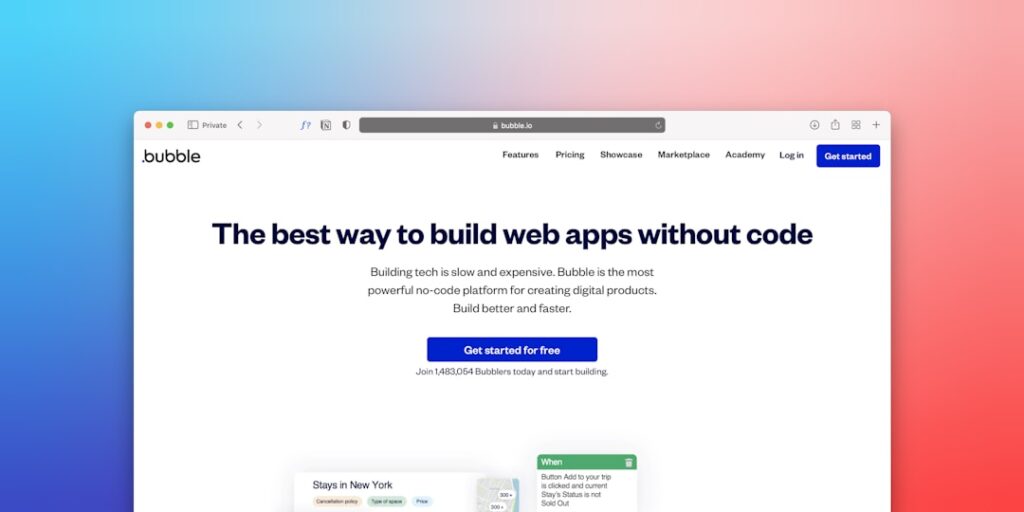Remember That Time Your Beautiful Website Crashed on Mobile?
Yeah, me too. Early in my career, I spent weeks crafting what I thought was a stunning portfolio site – only to proudly show my friend on her phone and watch it completely implode. Images overlapped text, buttons vanished off-screen… utter chaos. That stomach-dropping moment taught me more about web development best practices than any textbook ever could.
It’s easy to get swept up in the latest frameworks or flashy animations (we’ve all been there!), but building websites that truly work – fast, accessible, resilient, and a joy to use – requires sticking to some fundamental principles honed over decades of collective trial and error.
Think of these practices not as restrictive rules, but as guardrails keeping you from coding yourself into a corner (or off a mobile screen!). Over my years building sites for everything from tiny bakeries to Fortune 500s, I’ve seen firsthand how embracing these core ideas saves time, prevents headaches, and creates genuinely better experiences for everyone.
[IMAGE_1: A split-screen image showing a sleek website on desktop vs a completely broken version on mobile]
Before You Write a Single Line: Planning Like You’re Building a House
You wouldn’t just start hammering nails randomly if you were building a house in real life, right? Web projects are no different.
The Blueprint Matters (Requirements & Wireframing)
“What do we actually need this thing to DO?” Seems obvious? Trust me, skipping this step leads directly to scope creep and frustration later. Sit down with stakeholders (even if it’s just you!) and ruthlessly define:
- The Core Goal: Is it selling products? Sharing information? Building a community?
- Target Audience: Tech-savvy developers? Grandparents booking holidays? Their needs dictate everything.
- Essential Features (MVP): What’s non-negotiable for launch? Be brutal here.
Then sketch! Low-fidelity wireframes on paper or tools like Figma/Balsamiq are invaluable. It forces you to think about layout before getting distracted by colors or fonts. In my experience, clients also ‘get’ wireframes much faster than abstract discussions – fewer surprises later!
Talking the Same Language: Clear Communication is Non-Negotiable
A project sinks or swims based on communication. Early on:
- Set Realistic Timelines: Pad estimates generously for unknowns.
- Define Feedback Loops: How often will you check in? What format?
- Document Decisions: Why did we choose X over Y? Write it down! Future-you will weep with gratitude.
Anecdote time: I once spent days implementing a complex animation only to discover the client hated motion on principle… because we never asked. Lesson painfully learned!
Crafting Code That Doesn’t Haunt Your Dreams
Coding isn’t just making it work now. It’s making sure someone else (or future-you at 3 AM fixing a bug) can understand and modify it without summoning eldritch horrors.
The Golden Rules of Clean Code
- Sensible Naming:
calculateTotalPrice()beatsdoTheThing(). Every single time. - The DRY Principle (Don’t Repeat Yourself): Repetition breeds bugs. If you’re copying code chunks even twice – refactor! Create reusable functions/components.
- Modularity is Your Friend: Break things into small, focused files/modules/functions that do one thing well (
userValidation.js,typography.css, etc.). It’s easier to find things and manage complexity.
Taming the Spaghetti Monster: Version Control with Git/GitHub
Trying to manage code without version control is like juggling priceless vases blindfolded over concrete.
Why risk it? Git gives you superpowers:
- A Safety Net: Made changes that broke everything? Revert back instantly!
- Crystal Clear History: Who changed what and why?
- Smooth Collaboration: Multiple devs working without stepping on each other’s toes via branches/merges.
“But command line git scares me!”
[IMAGE_2: A screenshot of VS Code showing intuitive Git integration tools]
Use GUI tools! VSCode has fantastic built-in Git support; GitHub Desktop is super user-friendly. Start simple (commit, push, pull) and build confidence.
The Speed Imperative: Nobody Waits Anymore
A second feels like an eternity online. Google penalizes slow sites in rankings (hard), and users bounce faster than you can say “loading spinner.” Optimizing performance isn’t optional; it’s survival.
The Heavy Hitters Slowing You Down (& How To Fix Them)
- 🔴 Giant Images & Videos:
: Resize appropriately! Use modern formats like WebP/AVIF.
Lazy load them so they only load when needed.
Compress aggressively without losing quality (TinyPNG/Squoosh).
Consider CDNs for global delivery speed.
: Identify critical CSS/JS needed immediately.
Inline critical CSS, defer non-critical JS.
Minify & combine CSS/JS files.
Leverage browser caching.</ul> </ol> </blockquote> </pre>



